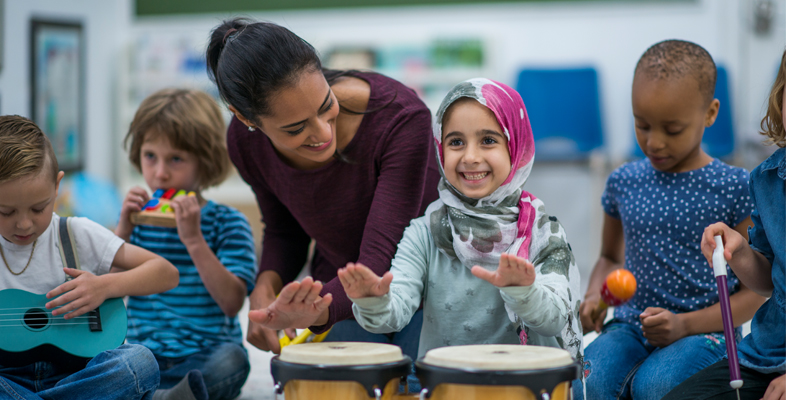2.2 Listening to everyone
You will also notice that all the children in the examples from the research were able to answer questions and talk about their experiences. Consequently listening was relatively straightforward. What about children who do not yet use spoken language, how would you listen to them? It is likely that they will encounter the same discontinuities when moving from home to their first nursery or child minder and so tuning into what they are experiencing will be vital. For younger children listening will involve more observation to provide insight into their situation as well as drawing on the perspectives of others who know them better than you, for example their parents or carers.
Summary points
- Listening to transitioning children can highlight barriers to their active participation in a setting environment, and identify areas for adult support.
- Where there are barriers to developing shared understandings between different environments, children’s experiences can lack connection.
- Areas of discontinuity for children can be physical, social or philosophical.
- Listening can involve ongoing observation and asking questions of others that know the child more closely.
Activity 2 Identifying perspectives
In Section 2 you considered some quotations from McGettigan and Gray’s research, featuring the voices of children as they started school. In this activity, you are given more views from the children who have been involved in transition from pre-school to first school. Some recall experiences that supported continuity in their change and some describe feelings of discontinuity.
Read each statement then match it to the category using ‘drag and drop’ to complete the table. There is one example of each category and one has already been matched for you. When you have finished you can check your answer by clicking ‘Reveal answer’.
Remember the categories of discontinuities are:
- Physical – change in physical environment, size, location, number of people.
- Social – change in primary and peer relationships.
- Philosophical – change in ethos and values.
Using the following two lists, match each numbered item with the correct letter.
‘School had a sandpit and water tray like pre-school and a dressing up box’
‘I didn’t know anyone to play with outside’
‘We have to listen to story like in nursery’
‘There were lots of rooms and buildings- at nursery only one’
‘Me and Mum pick up my brother so I know the teacher and she knows me’
‘We only played with the toys for a bit then it was tidy up’
a.Social continuity
b.Physical continuity
c.Physical discontinuity
d.Social discontinuity
e.Philosophical continuity
f.Philosophical discontinuity
- 1 = b
- 2 = d
- 3 = e
- 4 = c
- 5 = a
- 6 = f
Discussion
The impact of these continuities and discontinuities as expressed by these young children will have a different impact on each of them depending on their individual characters and on-going experiences. During transition experiences the situation is likely to shift and change quickly. It is therefore useful to be aware of the potential discontinuities that do arise but essential to keep listening to the children to try to understand and support their shifting experiences.
